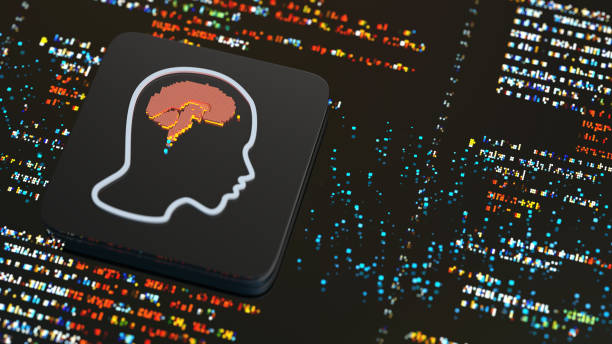What is an AI Robot and How Does it Work?
![]()
An AI Robot is a combination of two important technological fields: robotics and artificial intelligence.
These robots not only have the ability to perform physical tasks but can also make decisions using complex algorithms and collected data, and adjust their behaviors based on the environment and existing conditions.
In other words, AI robots strive to act like humans and perform tasks that require thought, learning, and adaptability.
Artificial intelligence enables these robots to learn from their past experiences and improve their performance.
AI robots can be used in various industries, from manufacturing and services to healthcare.
These robots perceive their surroundings using sensors and cameras, and obtain the necessary information for decision-making using image processing and data analysis algorithms.
Thanks to recent advancements, AI robots can make decisions independently and perform complex tasks.
Are you concerned that your company’s old website is driving away new customers? Rasawb solves this problem with modern and efficient corporate website design.
✅ Increases your brand credibility.
✅ Helps attract targeted customers.
⚡ Contact Rasawb for a free consultation!
Main Components of an AI Robot

An AI robot consists of several main components, each playing a significant role in its overall performance.
These components include:
- Hardware is the physical body of the robot, including mechanical parts, motors, sensors, and cameras.
This section allows the robot to move, interact with the environment, and collect information. - Software is the robot’s brain, which includes artificial intelligence algorithms, control programs, and the robot’s operating system.
Software enables the robot to process data, make decisions, and control movements. - Sensors are tools that collect environmental information.
This information can include temperature, light, sound, images, and other data.
Sensors allow the robot to perceive its surroundings. - Actuators are components that control the robot’s movements.
These components can be motors, pistons, and other mechanical tools.
The combination of these components allows an AI robot to perform various tasks and interact with its environment.
Developing AI robots requires expertise in various fields, including mechanical engineering, electrical engineering, computer science, and artificial intelligence.
An AI robot is, in fact, a complex system that requires coordination between different components to function effectively.
Applications of AI Robots in Various Industries
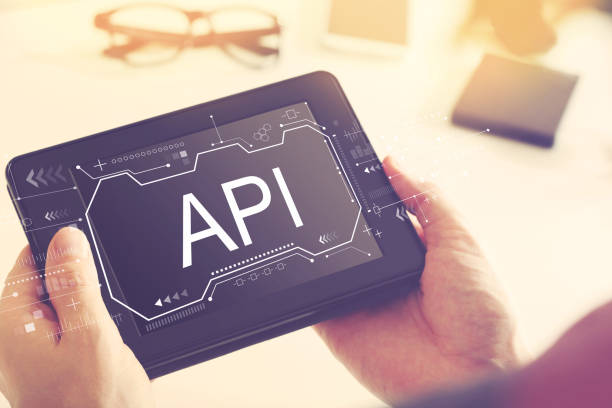
AI robots have widespread applications in various industries and can help improve efficiency, reduce costs, and increase safety.
Some common applications of AI robots include:
- Manufacturing Industry AI robots can be used in production lines for repetitive tasks, assembling parts, and quality inspection.
These robots can work continuously with high precision, helping to increase production and reduce errors. - Healthcare Industry AI robots can be used in surgery, rehabilitation, and patient care.
These robots can assist surgeons in performing complex operations, help patients improve movement and body function, and assist nurses in patient care. - Service Industry AI robots can be used in customer services, reception and guidance, and providing information services.
These robots can be available 24/7, answer customer questions, and assist them. - Transportation Industry AI robots can be used in autonomous driving, goods delivery, and traffic management.
These robots can help reduce accidents, improve transportation efficiency, and reduce traffic congestion.
This table shows the applications of AI robots in various industries:
| Industry | Applications |
|---|---|
| Manufacturing | Assembly of parts, quality inspection |
| Healthcare | Surgery, rehabilitation, patient care |
| Services | Customer services, reception and guidance |
| Transportation | Autonomous driving, goods delivery, traffic management |
AI robots are transforming various industries and are expected to play a more significant role in the future.
The development and use of AI robots require attention to ethical, social, and economic issues.
Advantages and Disadvantages of Using AI Robots
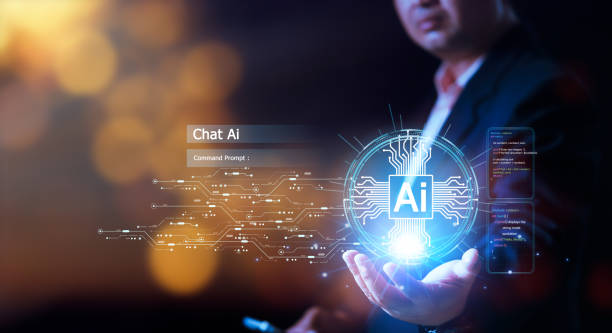
The use of AI robots has several advantages and disadvantages that must be considered.
Some advantages of using AI robots include:
- Increased Efficiency AI robots can perform tasks faster and more accurately than humans.
- Reduced Costs AI robots can help reduce labor costs and increase production.
- Increased Safety AI robots can perform dangerous tasks, helping to reduce risks for humans.
- Improved Quality AI robots can perform tasks with high precision, helping to improve the quality of products and services.
Some disadvantages of using AI robots include:
- High Cost The development and deployment of AI robots can be expensive.
- Job Loss The use of AI robots can lead to job losses for humans.
- Ethical Issues The use of AI robots can raise ethical issues, such as accountability in case of errors.
- Complexity The development and maintenance of AI robots can be complex and require high expertise.
Given these advantages and disadvantages, AI robots must be used carefully and with proper planning.
The use of AI robots should be tailored to the specific needs and conditions of each industry and organization.
AI robots can help improve human lives, but attention must also be paid to the ethical and social issues associated with them.
Does your current e-commerce website design cause you to lose customers and sales?
Rasawb is your solution with modern and user-friendly e-commerce website designs!
✅ Significant increase in conversion rates and sales
✅ Creation of strong branding and customer trust
⚡ Get a free e-commerce website design consultation from Rasawb!
Challenges in Developing and Implementing AI Robots
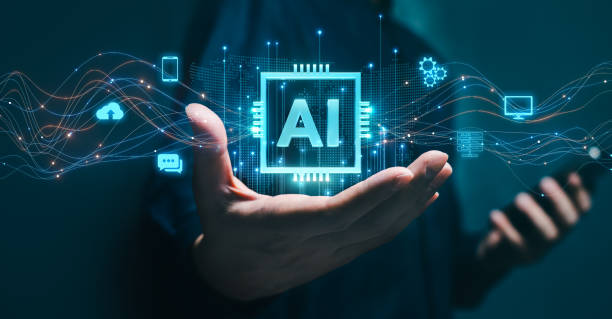
The development and implementation of AI robots come with several challenges that must be addressed.
Some of these challenges include:
- Data Collection AI robots require a large amount of data to learn and improve their performance.
Collecting and processing this data can be challenging. - Algorithm Development Developing AI algorithms that can effectively make decisions and perform tasks requires high expertise and experience.
- System Integration AI robots must be integrated with other existing systems and equipment in an organization.
This integration can be complex and require precise planning. - Security AI robots must be protected against cyberattacks and unauthorized access.
- Social Acceptance The use of AI robots may face social resistance.
Efforts should be made to educate people about the benefits of AI robots and address their concerns.
Overcoming these challenges requires collaboration among various experts, including engineers, computer scientists, ethicists, and sociologists.
If successfully implemented, AI robots can help improve human lives and increase organizational efficiency.
AI robots must be developed and used with consideration for ethical and social issues.
The Future of AI Robots

The future of AI robots is very bright and full of new possibilities.
With continuous advancements in artificial intelligence, robotics, and computer science, AI robots are expected to play an increasingly important role in human lives in the future.
Some key trends that we will witness in the future of AI robots include:
- Increased Intelligence Future AI robots will be able to perform more complex tasks and make better decisions.
- Increased Autonomy Future AI robots will be able to operate independently, reducing the need for human intervention.
- Increased Interaction Future AI robots will be able to interact naturally with humans and collaborate with them.
- Expanded Applications Future AI robots will be used in more industries and fields.
With these advancements, AI robots can help solve complex problems, improve the quality of life, and create new opportunities.
AI robots can assist humans in performing difficult and dangerous tasks, allowing them to focus on creative and innovative work.
AI robots must be developed and used with consideration for ethical and social issues.
Comparison of AI Robots with Traditional Robots

AI robots have fundamental differences compared to traditional robots.
Traditional robots are typically designed to perform repetitive and predetermined tasks and are unable to learn or adapt to the environment.
In contrast, AI robots are capable of learning from data, making decisions based on existing conditions, and adapting to their environment.
This table shows the key differences between AI robots and traditional robots:
| Feature | AI Robot | Traditional Robot |
|---|---|---|
| Intelligence | High | Low |
| Learning | Yes | No |
| Adaptability | Yes | No |
| Decision-making | Yes | No |
| Application | Widespread | Limited |
With these features, AI robots are capable of performing more complex and diverse tasks.
AI robots are transforming various industries and are expected to play a more significant role in the future.
AI robots must be developed and used with consideration for ethical and social issues.
Impact of AI Robots on Human Jobs
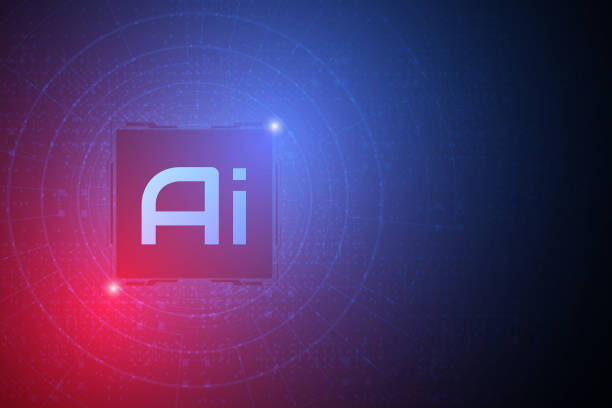
AI robots can have significant impacts on human jobs.
Some jobs may be entirely replaced by AI robots, while others may require changes and adaptation.
Some potential impacts of AI robots on human jobs include:
- Job Replacement AI robots can replace repetitive, routine, and dangerous jobs.
- Creation of New Jobs The development and maintenance of AI robots can create new jobs.
- Changing Nature of Jobs AI robots can change the nature of some jobs and create new skill requirements.
- Increased Productivity AI robots can help increase productivity in various jobs.
To adapt to these changes, humans must learn new skills and prepare themselves to work with AI robots.
Education and skill development, investment in technology, and the creation of supportive policies can help mitigate the negative effects of AI robots on human jobs.
AI robots should be used as a tool to assist humans in performing their tasks, not as a replacement for them.
AI robots must be developed and used with consideration for ethical and social issues.
Are you bothered by losing customers due to your e-commerce website’s old appearance or slow speed? Rasawb’s expert team solves these problems with professional e-commerce website design!
✅ Increased customer trust and brand credibility
✅ Stunning speed and excellent user experience
Get a free consultation with Rasawb right now ⚡
Ethical and Legal Issues Related to AI Robots

The use of AI robots raises several ethical and legal issues that must be addressed.
Some of these issues include:
- Accountability Who will be responsible in case of an error or damage caused by an AI robot?
- Privacy AI robots can collect and process a large amount of information.
How can individuals’ privacy be protected? - Discrimination AI algorithms may be discriminatory and lead to unfair decisions.
- Security AI robots must be protected against cyberattacks and unauthorized access.
To resolve these issues, new laws and regulations, as well as ethical standards for the development and use of AI robots, need to be formulated.
These laws and regulations must protect the rights and interests of individuals and prevent the misuse of AI robots.
AI robots must be developed and used with consideration for ethical and social issues.
AI robots should be used as a tool to help humans improve their lives.
How to Build an AI Robot?
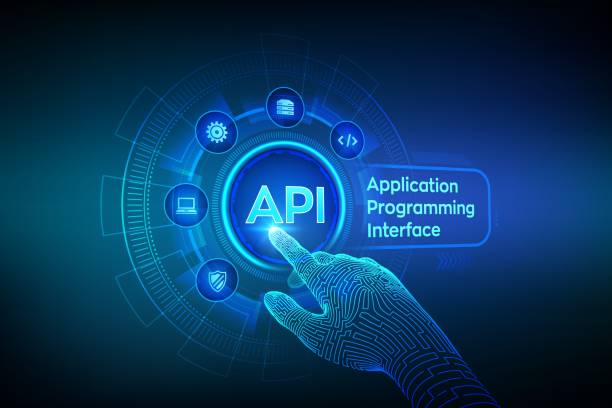
Building an AI robot is a complex, multi-stage process that requires expertise in various fields, including mechanical engineering, electrical engineering, computer science, and artificial intelligence.
The main steps in building an AI robot include:
- Define the Goal First, the purpose of building the AI robot must be determined.
What tasks is the robot designed to perform? - Design Hardware Then, the robot’s hardware must be designed.
This includes selecting mechanical parts, motors, sensors, and cameras. - Develop Software Next, the robot’s software must be developed.
This includes AI algorithms, control programs, and the robot’s operating system. - Integrate Systems Then, the robot’s hardware and software must be integrated.
- Test and Evaluate Finally, the robot must be tested and evaluated to ensure its proper functioning.
Building an AI robot can be a challenging and exciting project.
With the necessary knowledge and skills, and with patience and perseverance, one can build an AI robot that helps solve problems and improve human lives.
AI robots are, in fact, complex systems that require coordination between different components to function effectively.
AI robots, using artificial intelligence, can make decisions independently and perform complex tasks.
Frequently Asked Questions
| Question | Answer |
|---|---|
| What is an AI robot? | An AI Robot is a machine capable of perceiving its environment, reasoning, learning, and making decisions to perform tasks autonomously. |
| What is the difference between ordinary robots and AI robots? | Ordinary robots perform repetitive tasks based on prior programming, while AI robots can learn from experience, interact dynamically with the environment, and even behave in a way that resembles human intelligence. |
| What are the main applications of AI robots? | They are used in industries (manufacturing, assembly), medicine (surgery, diagnosis), services (customer support, domestic), exploration (space, underwater), and many other fields. |
| What technologies are used in building AI robots? | Machine Learning, Computer Vision, Natural Language Processing, Deep Learning, and Robotics are among the key technologies. |
| Can AI robots have emotions? | Currently, robots do not have emotions in the human sense. They can identify and react to emotions, but they do not experience emotions themselves. |
| What are the main challenges in developing AI robots? | Safety, reliability, ethics, autonomy, adaptation to complex environments, and natural interaction with humans are important challenges. |
| How are AI robots trained? | They are usually trained using large volumes of data, machine learning algorithms, and deep learning to identify patterns and make decisions. |
| Examples of AI robots in daily life? | Smart robotic vacuum cleaners, customer support chatbots, autonomous cars, and surgical robots in hospitals. |
| Are AI robots a threat to human jobs? | Some repetitive jobs may be automated, but at the same time, robots can increase productivity and create new jobs in the development, maintenance, and supervision of these systems. |
| How is the future of AI robots predicted? | They are expected to become smarter, more autonomous, and capable of performing more complex tasks, engaging in closer interaction with humans in various environments. |
And other services of Rasawb Advertising Agency in the field of advertising
- Intelligent Custom Software: Transform website traffic increase with smart data analysis.
- Intelligent Sales Automation: Professional optimization to increase sales with the use of SEO-driven content strategy.
- Intelligent Sales Automation: Transform online growth with smart data analysis.
- Intelligent Data Analysis: Designed for businesses seeking customer behavior analysis through Google ad management.
- Intelligent Data Analysis: An innovative platform for improving campaign management with the use of real-time data.
And more than hundreds of other services in the field of internet advertising, advertising consultation, and organizational solutions
Internet Advertising | Advertising Strategy | Advertorials
Resources
Artificial Intelligence on Wikipedia
AI Robots
AI News on Zoomit
AI Tag on ISNA
? Looking to grow and be seen in the online world? Rasawb Afran Digital Marketing Agency, specializing in custom website design, SEO, and advertising campaign management, paves the way for your business’s success.
📍 Tehran, Mirdamad Street, next to Bank Markazi, Southern Kazeroun Alley, Ramin Alley, No. 6



